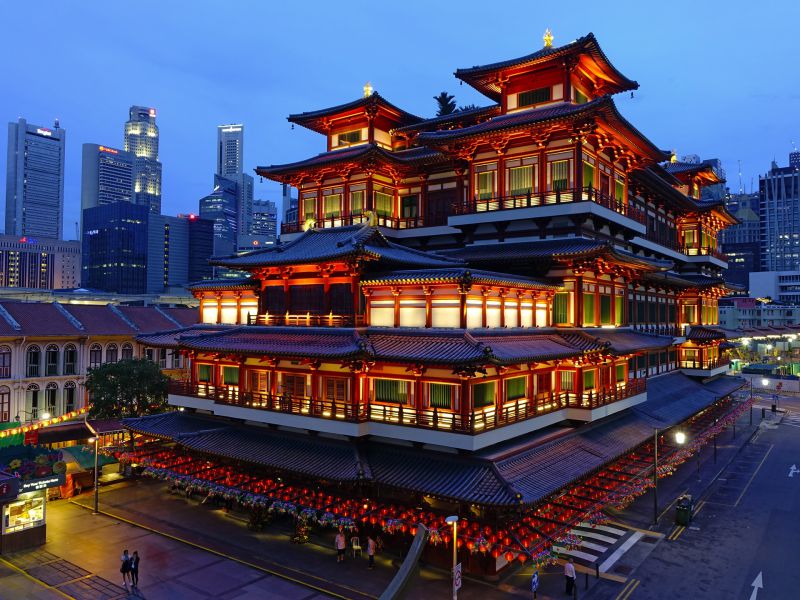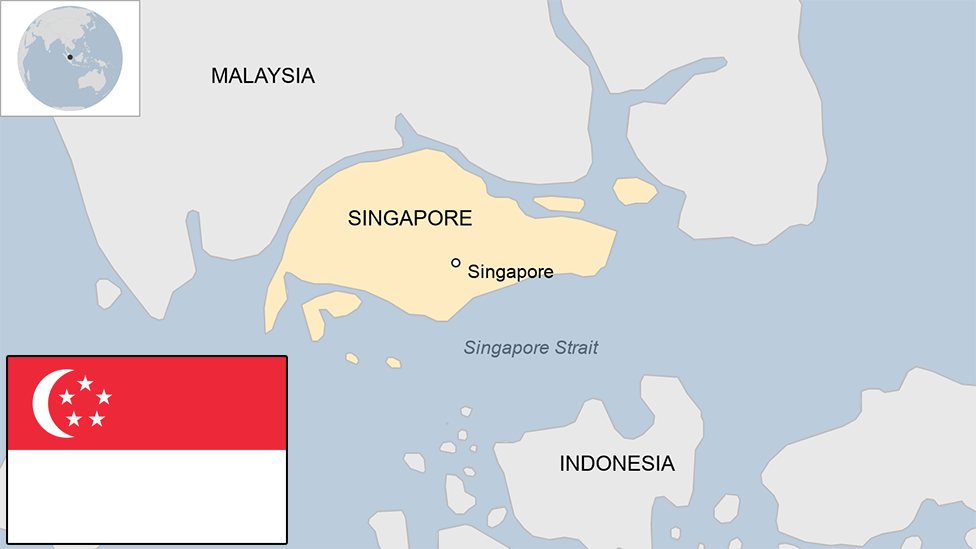Republic of Singapore
Yet again subsequent to being removed from Malaysia, Singapore became free as the Republic of Singapore on 9 August 1965, with Lee Kuan Yew and Yusof canister Ishak as the principal state leader and president respectively. In 1967, the country helped to establish the Relationship of Southeast Asian Countries (ASEAN). Race riots broke out in 1969. Lee Kuan Yew's accentuation on fast financial development, support for business, and constraints on interior majority rules government molded Singapore's strategies for the following half-century. Monetary development went on all through the 1980s, with the joblessness rate tumbling to 3% and genuine Gross domestic product development averaging at around 8% up until 1999. During the 1980s, Singapore started to move towards super advanced businesses, for example, the wafer creation area, to stay cutthroat as adjoining nations started fabricating with less expensive work. Singapore Changi Air terminal was opened in 1981 and Singapore Carriers was formed.
The Port of Singapore became one of the world's most active ports and the assistance and the travel industry enterprises additionally developed gigantically during this period.
The PAP has stayed in power since autonomy. A few activists and resistance legislators see the public authority's severe guideline of political and media exercises as an encroachment on political rights. accordingly, Singapore has seen a few huge political changes, for example, the presentation of the non-supporters individuals from parliament in 1984 to permit up to three losing competitors from resistance groups to be delegated as MPs. Bunch portrayal bodies electorate (GRCs) were acquainted in 1988 with make multi-seat constituent divisions, expected to guarantee minority portrayal in parliament. Named individuals from parliament were acquainted in 1990 with permit non-chose non-hardliner MPs. The constitution was changed in 1991 to accommodate a chosen president who has blackball power in the utilization of past stores and arrangements to specific public offices.
In 1990, Goh Chok Tong succeeded Lee and turned into Singapore's second prime minister. During Goh's residency, the nation went through the 1997 Asian monetary emergency and the 2003 SARS outbreak.In 2004, Lee Hsien Loong, the oldest child of Lee Kuan Yew, turned into the nation's third prime minister.
Lee Hsien Loong's residency incorporated the 2008 worldwide monetary emergency, the goal of a disagreement regarding land proprietorship at Tanjong Pagar rail route station among Singapore and Malaysia, and the presentation of the two coordinated hotels (IRs), situated at the Marina Narrows Sands and Resorts World Sentosa. The PAP experienced its most exceedingly terrible ever electing results in 2011, winning only 60% of votes, in the midst of discussion over issues including the convergence of unfamiliar laborers and the significant expense of living. On 23 Walk 2015, Lee Kuan Yew passed on, and a one-week time of public grieving was noticed nationwide. Consequently, the PAP recovered its strength in Parliament through the September general political decision, getting 69.9% of the well known vote,[ albeit this remained lower than the 2001 count of 75.3% and the 1968 count of 86.7%. The 2020 political race held in July saw the PAP drop to 61% of the vote, while the Specialists' Party took 10 of the 93 seats, the biggest number at any point won by another party.On 15 May 2024, Lawrence Wong turned into Singapore's fourth State leader; he is the primary state leader brought into the world after independence.


